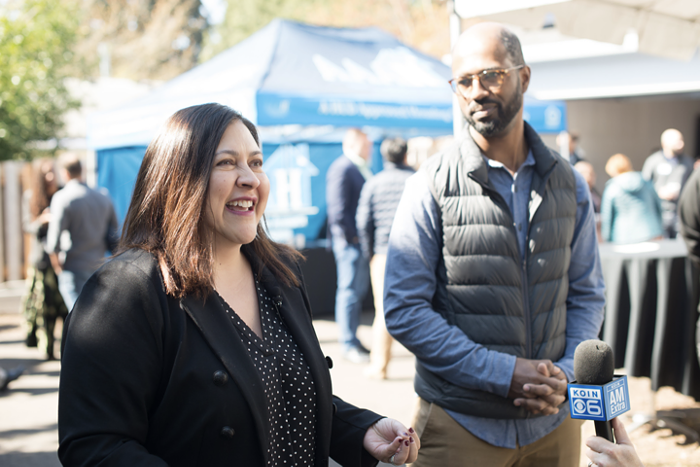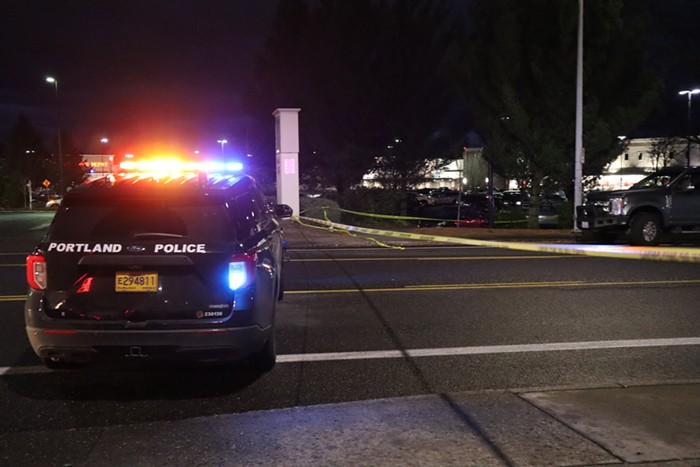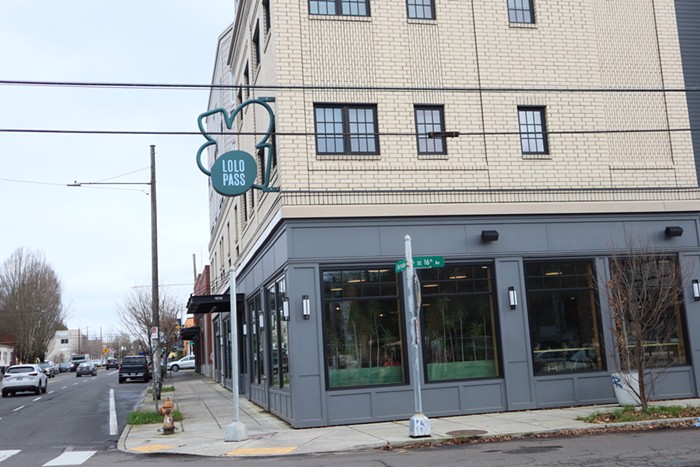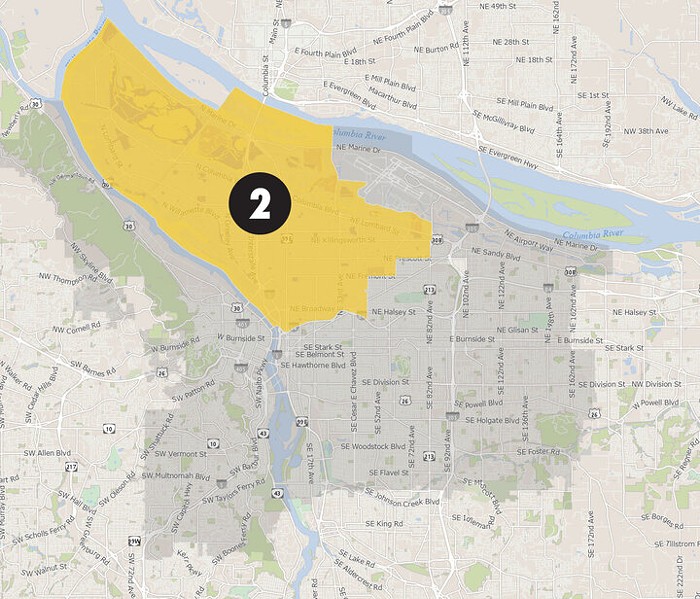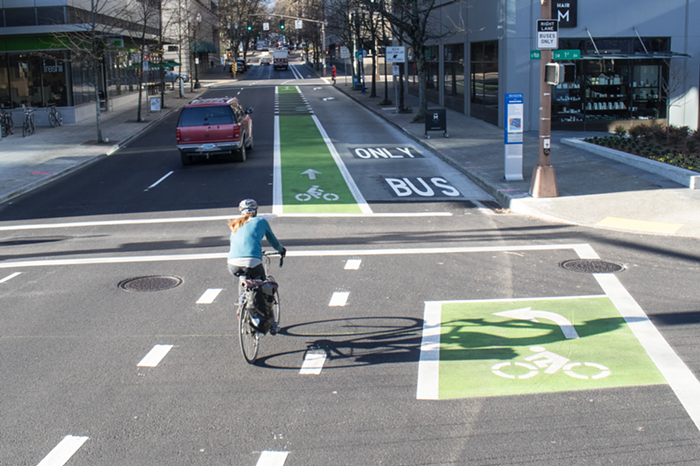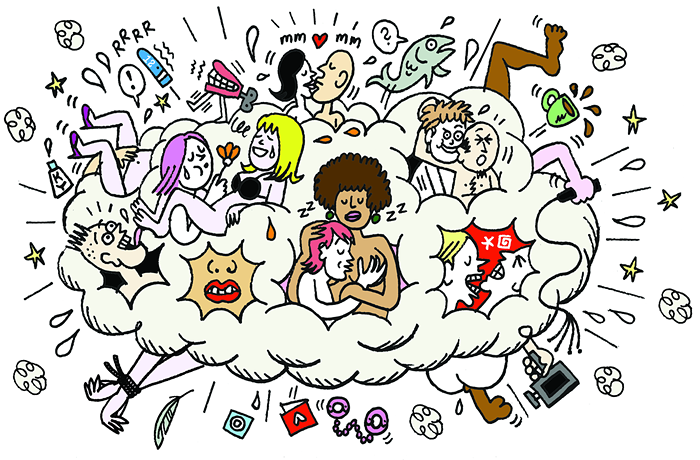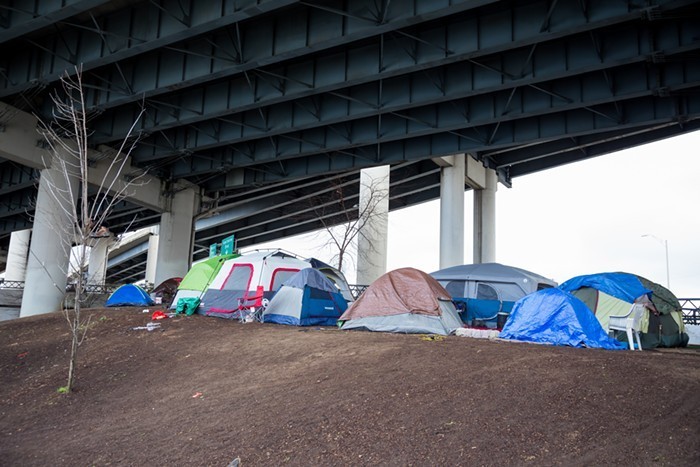
The total number of homeless people in Multnomah County is down 3.9 percent from 2017, according to the county's biannual population count released this morning. While the region's homeless advocates and providers of low-income housing are cautiously calling this good news, the shifting populations represented within the total homeless count of 4,015 tell a more complicated story.
Before we dig into the numbers, it's important to understand their limitations. This report's population data was gathered during a sweeping point-in-time count conducted by the Joint Office on Homeless Services (JOHS), in which hundreds of people gathered information about where homeless people spent one night of the year: January 23, 2019. The data was culled from in-person visits to campsites, libraries, food pantries, clinics, parks, and a litany of other spaces often occupied or visited by houseless people; data also came from homeless shelters, transitional housing facilities, and several school districts.
Since the data attempts to capture essentially a snapshot of what homelessness in Multnomah County looked like for just one night of the year, there's a lot missing—like data on individuals who are technically homeless, but are temporarily crashing at a friend's house, or the number of homeless people who are in jail or a hospital. Still, it's the closest we'll get to a census of the homeless population.
Here are the most significant population changes within Portland's homeless community between 2017 and 2019:
The number of homeless families with children has decreased by 50 percent.
According to the report, this decline can be attributed to an increase in permanent supportive housing—publicly subsidized housing that comes with tailored support services to address what might be keeping a particular family stuck in a cycle of homelessness. (That support could include help finding a job, addiction treatment services, mental health care, access to daycare, or assistance with a litany of other challenges.) Between 2017 and 2019, the report says, the county has added 500 more beds to its permanent supportive housing options.
The number of homeless people of color is up 1 percent.
Sure, that seems like a tiny number, but it matters. Thirty-eight percent of Multnomah County's homeless population is made up of non-white people—and given that only 25.9 percent of Multnomah County's entire population is non-white, that means that people of color are still vastly overrepresented in the homeless community. Native Americans remain the most overrepresented demographic in this count—while the reported noted that 12 percent of the homeless population were Native American individuals, only 2.5 percent of the county's overall population is Native American.
More than 37 percent more people who are experiencing homelessness can be described as "chronically homeless."
The US Department of Housing and Urban Development (HUD) defines chronic homeless as having one or more disabilities and being continuously homeless for a year or more—or for four separate occasions over a three-year period. The 1,769 people identified as chronically homeless this year were nearly all adults without children. Native Americans accounted for 52 percent of this population.
More than 20 percent more homeless people are living outside.
The technical term here is "unsheltered," which includes people sleeping in tents, cars, or other "places not meant for human habitation." With a count of 2,037, unsheltered people make up just over half of Multnomah County's entire homeless population. Nearly 80 percent of all unsheltered people reported having one or more disability. (The report notes that the significant increase in unsheltered individuals may be skewed, due to the large increase in volunteers who collected data on unsheltered people, compared to past years.)
Around 14 percent more homeless people have disabilities.
Fifty-five percent of the homeless population who report having one or more disability are unsheltered—which is a 34 percent increase over the past two years. In the report, a disability is defined as having a chronic illness, mental illness, developmental disability, and/or physical disability. Forty percent of the disabled homeless community self-identify as having a mental illness. Of that same population, 45 percent say they have a substance use disorder. Since 2017, the county's seen a 120 percent increase in homeless people who report having HIV or AIDS. As noted above, nearly 80 percent of all unsheltered people report having a disability.
The population of homeless women is down 10 percent.
In a reversal of the data collected on homeless men, it seems more homeless women are sleeping in shelters than living outside. Only 30 percent of homeless women report being unsheltered—while 69 percent of all homeless men are unsheltered. At the same time, the report found an increase in the number of women who reported having experienced domestic violence. Of the 1,382 homeless people who reported being victims of domestic violence, 28 percent of them said they were currently in the process of fleeing domestic violence.
There are 15 percent more homeless people aged 55 or older.
While the majority of the county's homeless people are between the ages of 25 and 54, the overall homeless population has seen a significant increase in the number of older people. According to the report, there's was a 75 percent increase in the number of homeless people 70 and older between 2017 and 2019. Over that same timeframe, the number of homeless people between the ages 55 and 69 raised 11 percent. Twenty percent of homeless people 55 and older are unsheltered.


